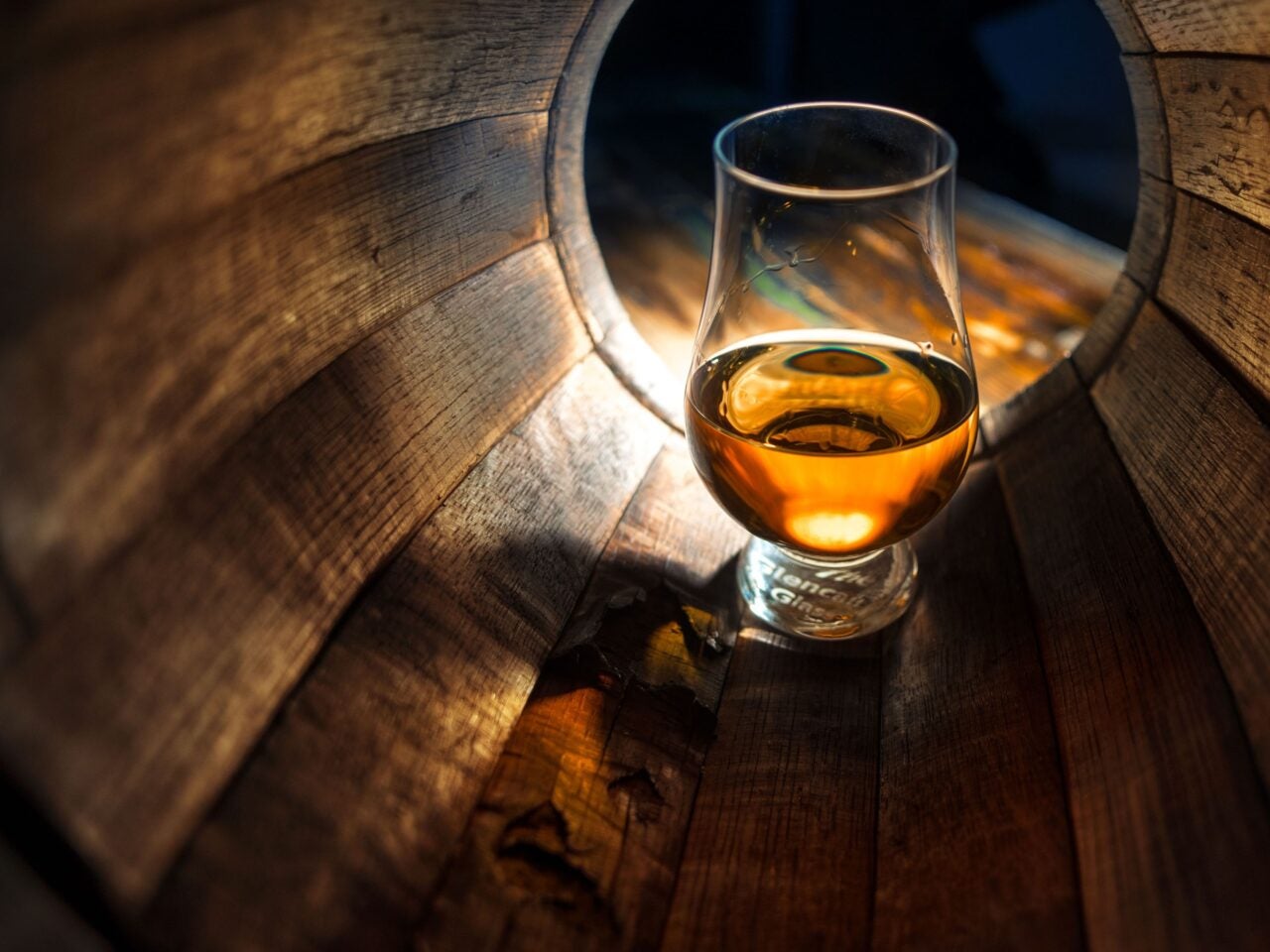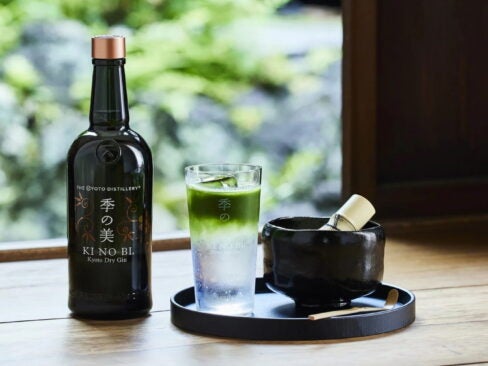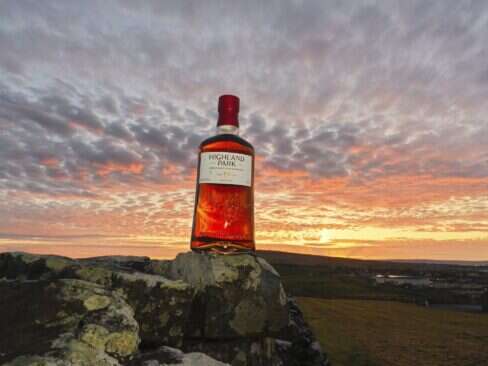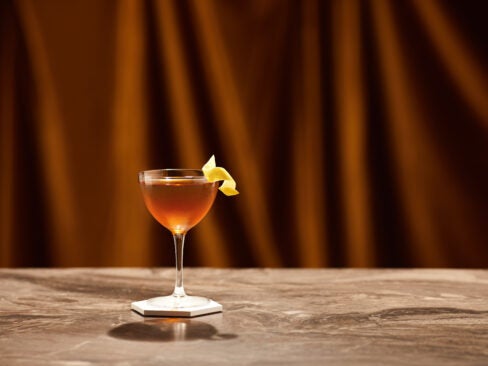No trip to Scotland is complete without visiting a distillery or two. But if you’re not planning to travel to the beautiful nation any time soon, you can still sample the very best Scotch whisky brands – from the comfort of your home.
The golden-hued liquor has a rich history dating back hundreds of years. Many of the most exclusive Scotch brands stocking our drinks cabinets today started out as illicit producers. In fact, smuggling was rife right up until the 1820s, when new tax legislation made legal whisky production profitable.
All of this only adds to the allure of pouring yourself a “wee dram”. But with so many distilleries to choose from releasing countless new releases every year, how do you distinguish the best Scotch whisky brands from the ordinary?
[See also: The Best Scotch Whisky Collections to Invest in (and Drink)]
Less seasoned Scotch whisky drinkers should know that there are five whisky regions in Scotland: Speyside, Lowland, Highland, Islay and Campbeltown, each offering its unique take on the country’s national drink, with the highest concentration of distilleries located around the river Spey in Scotland’s scenic northeast.
Regardless of regional variations, there are a handful of key criteria that all distilleries need to adhere to if they want to obtain the title of Scotch. Unsurprisingly, by law, Scotch whisky must be distilled and matured in Scotland. Furthermore, the maturation process must take place in oak casks for at least three years and the whisky bottled at a minimum strength of 40% ABV.
Despite being among Scotland’s oldest industries, Scotch whisky is leading the way when it comes to green practices, unveiling a new sustainability strategy in January 2021, which commits the sector to reaching net-zero emissions in its operations by 2040. Even more reason to raise a glass.
Here at Elite Traveler, we have rounded up what we consider to be some of the best Scotch whisky brands to add to your drinks cabinet.
[See also: Experience the Beauty of Scotland on Glenapp Castle’s Sea Safari]
The Macallan
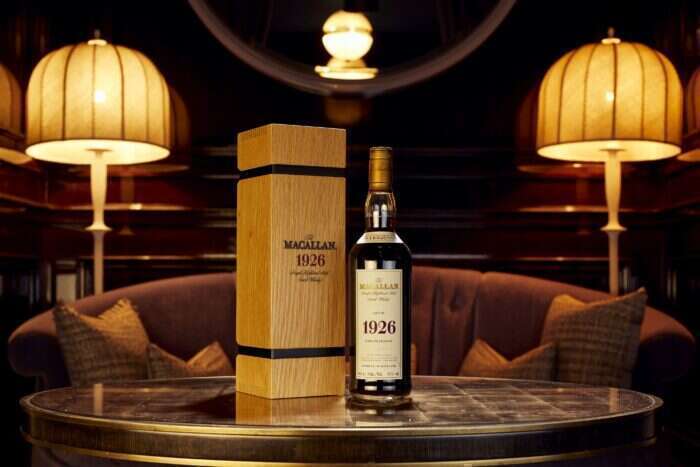
We start with arguably the biggest. Producing some of the most coveted bottles by serious collectors, The Macallan has built a reputation for unparalleled excellence. The Speyside distillery prides itself on the caliber of its sustainable oak casks, crediting them as the single greatest contributor to the outstanding quality, natural color and distinctive flavor of its whisky. The brand’s commitment to sustainable practices was recognized in December 2020 when it became the second Scotch brand to be awarded a prestigious Butterfly Mark from Positive Luxury (Glenmorangie was the first).
Responsible for producing the world’s most expensive bottle of Scotch whisky, the Macallan 1926 went under the auction hammer in February 2021. Thought to be one of only 14 in existence, the Rare 60 Year Old sold for a cool $1m.
themacallan.com
[See also: The Macallan Unveils Colour Collection Scotch Whiskies]
The Balvenie
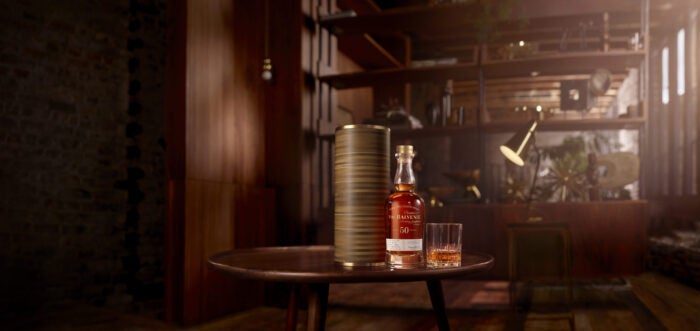
A number of factors set this Speyside whisky apart, but probably more than anything else is The Balvenie’s commitment to tradition. From growing its own barley for malting on The Balvenie Mains farm to its team of coopers who repair and rebuild the all-important oak casks, everything is done with a dedication to the craft. It is also among only a handful of distilleries left in Scotland that still has an active malting floor, where the barley is turned by hand until it is ready for the kiln. Its malt master, David Stewart MBE, is somewhat of a Scotch whisky legend and is the longest-serving malt master in Scotland, with a tenure of nearly six decades, using his expertise to oversee the production of some of The Balvenie’s most decorated bottles.
The ever-popular Balvenie Tun 1509 series of annual releases is crafted by Stewart and named after the tun the whisky is married in before bottling. The latest release, Balvenie Tun 1509 Batch 7, is a rich and deep expression, with whisky drawn from four American oak barrels, 10 sherry butts and seven sherry hogsheads.
Bowmore
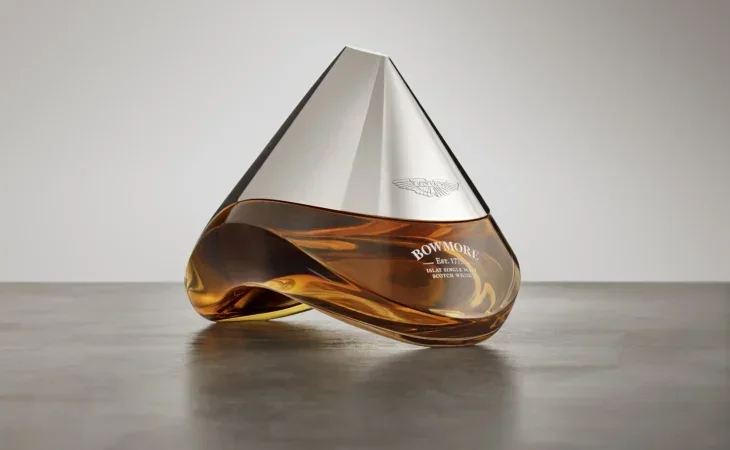
For over 240 years, the Bowmore Distillery has sat on the shores of the Scottish island of Islay. The Scotch whisky brand has maintained the same traditional production methods passed down over the centuries to create its award-winning fruity and smoky single malts. Bowmore is a whisky shaped by its natural environment: water for its whiskies is drawn from the peaty Laggan River and peat fires the malt-drying kiln. The distillery’s position on the edge of the water, along with its famed below sea level vaults, add a faint hint of salty sea air to the whisky’s character.
Looking at the top end of what Bowmore can do, the ARC-52, released in partnership with Aston Martin in 2022, pushes the boundaries of both maturation and bottle design. The 52-year-old whisky is wonderfully light for its age, but also boasts the deep, oaky notes of a blend of this age. The decanter, designed by Aston Martin, has to be seen to be believed (read our tasting notes here).
The Dalmore
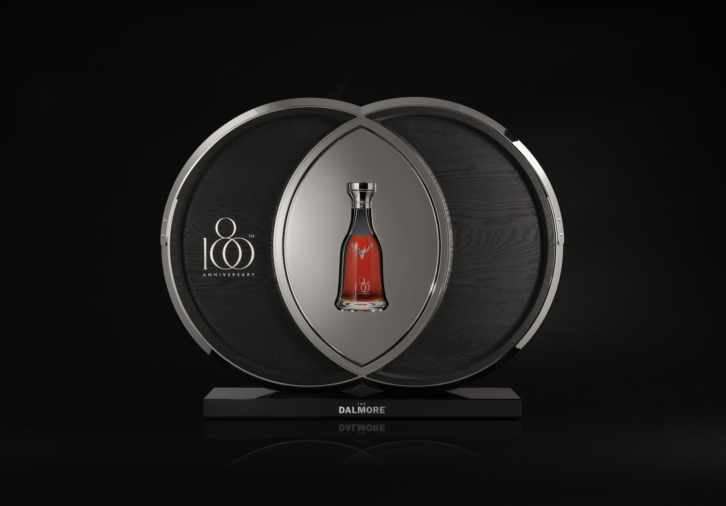
The Dalmore is a must-try for whisky enthusiasts, with its award-winning single malts savored the world over. Produced in the highlands just north of Inverness since 1839, The Dalmore has built a prestigious reputation for its full-bodied and fruity character. The secret to the luxury whisky brand’s success may lie within its exceptional casks, which are hand-selected by their famed master distiller, Richard Paterson (known in the Scotch industry as “the nose” for his blending prowess) and sourced from the world’s finest cellars and exclusive wineries.
The ultra-rare limited-edition Dalmore 60 Year Old was released in 2019 to mark the brand’s 180th anniversary. Just three decanters were produced, making it one of the most exclusive and collectible whiskies in the world.
[See also: The Dalmore Unveils 21 Year Old Whisky]
The Glenlivet
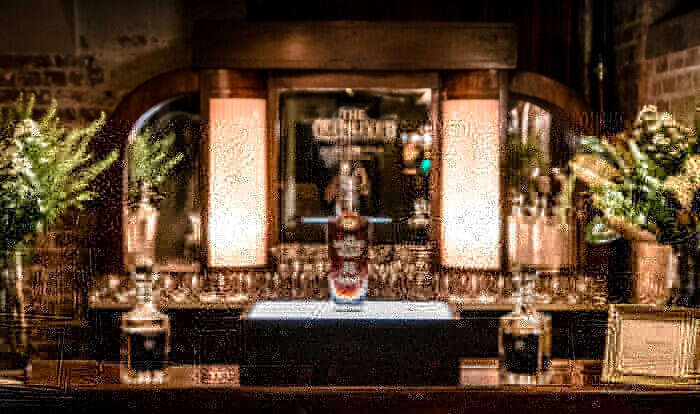
Follow the flowing river Livet through the picturesque Speyside countryside and you will find the remote Glenlivet distillery. Hidden away behind the hills, it was the perfect setting for illicit distilling before The Glenlivet’s founder, George Smith, obtained his license in 1824. Today, The Glenlivet produces 21 million liters of its liquid gold spirit each year and has established itself as one of the most popular Scotch brands in the world.
The Glenlivet XXV blends some of the brand’s rarest whiskies, all of which have been matured for at least 25 years, to create a silky sweet flavor with hints of dark chocolate, spiced fruit and toasted nuts.
[See also: This May Be the Most Exclusive Whisky Tour in the World]
Glenmorangie
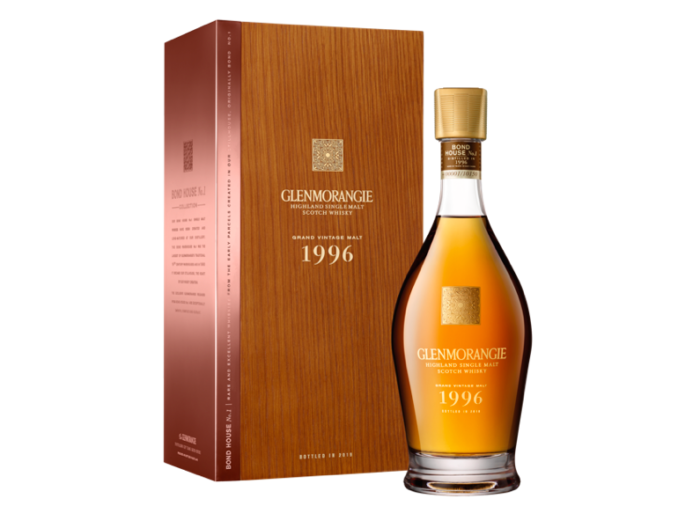
Award-winning highland whisky brand Glenmorangie is best known for its trademark smooth and mellow tones as well as its imaginative and innovative expressions such as the lusciously sweet A Tale of Cake limited edition. However, it is also becoming increasingly recognized for its pioneering sustainability efforts. Perched on the edge of the Dornoch Firth, an area of water designated as a Special Area of Conservation, the distillery has been working as part of a coalition to restore oyster reefs and increase biodiversity.
Winning gold at the prestigious International Spirits Challenge 2020 is the luxuriously creamy Glenmorangie Grand Vintage Malt 1996, the sixth addition to its delectable Bond House No. 1 Collection. Aged for 23 years in casks made from American oak from Missouri’s Ozark Mountains, the whisky has a floral nose with bursts of citrus fruits balanced with hints of fudge and vanilla.
Glenfiddich
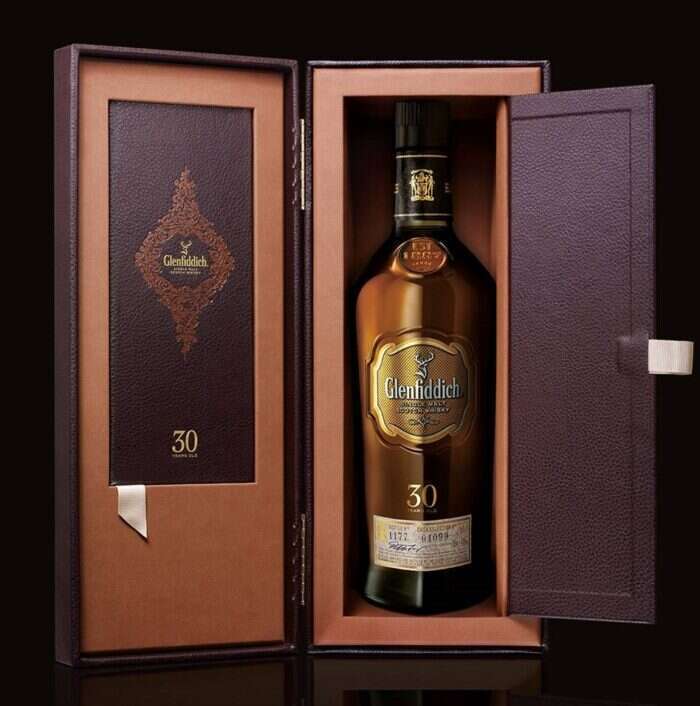
The Glenfiddich distillery was built by founder William Grant in 1887 with the ambition of producing the “best dram in the valley.” Grant would be delighted to know that today, five generations on, the family-run Speyside distillery is responsible for one of the world’s most awarded single malts. Glenfiddich still uses the crystal waters from a local spring called the Robbie Dhu to make its whisky as it did over a century ago, helping the spirit to retain its character and integrity.
With only a handful of vattings released each year, the highly decorated and rare Glenfiddich 30 Year Old is unquestionably one to savor. The taste stays true to the brand’s soft and fruity character, with subtle hints of sherry and fig, and aromas of oak.
Laphroig
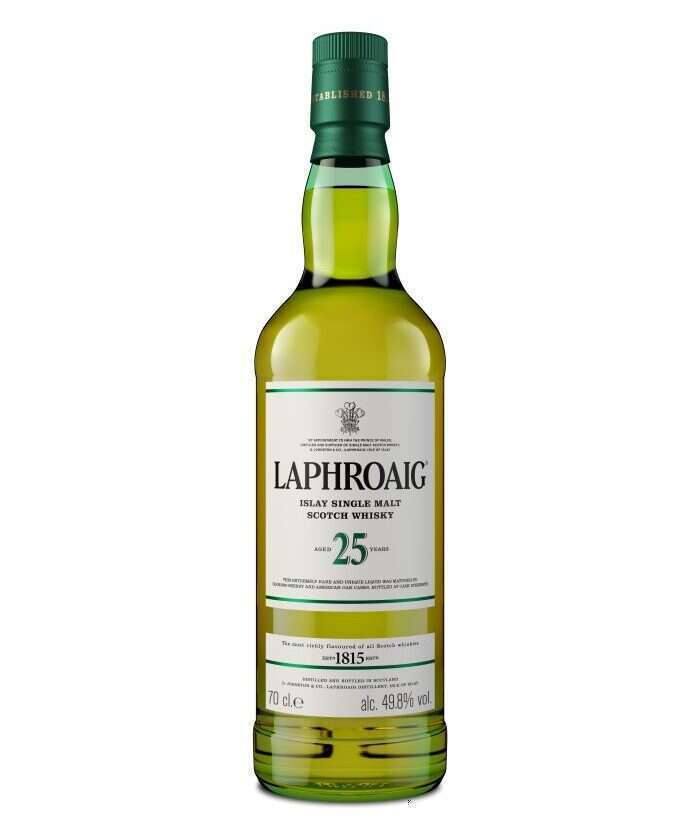
Those who have a penchant for peaty whiskies will be familiar with Laphroaig, one of Islay’s most loved Scotch brands. Pronounced la-froyg, the whisky is renowned for its distinctive smoky hit, which is obtained by burning peat in the distillery’s 180-year-old kilns to dry the malt. The windswept distillery stands right on the edge of Islay’s southern Atlantic coast, and it is here this celebrated whisky has been produced for over 200 years.
For Islay whisky lovers, the Laphroaig 25 Year Old Cask Strength will not disappoint. Oaky flavors from second-fill European Oloroso sherry casks meet with sweet vanilla notes from American bourbon barrels, all with Laphroig’s signature smoke.
Lagavulin
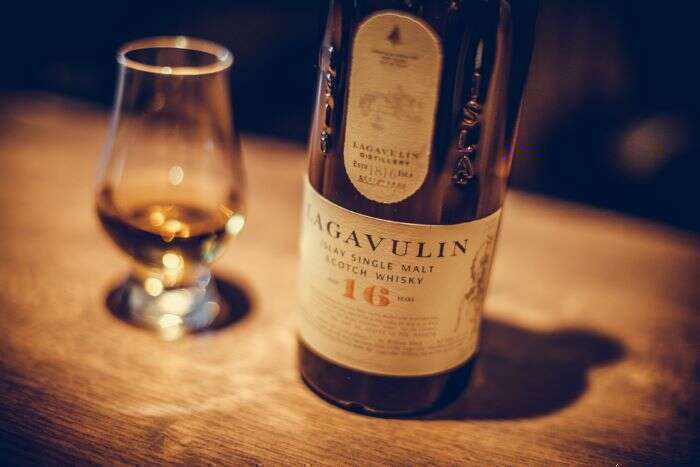
Another famed Islay export, Lagavulin is both literally and historically Laphroig’s closest rival (the two distilleries are just one mile of coastline apart). Its uniquely rich and smoky flavor is the sum of many parts: from the brown peaty water flowing straight into the distillery from the Solan Lochs and the peat-smoke infused grain all the way through to Lagavulin’s signature slow distillation and long maturation process. Notably, Lagavulin was recently awarded for its work with the Royal Society for the Protection of Birds to conserve and restore 700 acres of peat bog on the island.
[See also: The Best Restaurants in Edinburgh]
Johnnie Walker

We can’t finish this list without looking at the lifeblood of the industry: blended malts. While collectors and connoisseurs have been focused on single malts, blends still make up the bulk of the sales volume worldwide. Blends are different as they are made up of whiskies from different distilleries. Johnnie Walker, owned by corporate giant Diageo, is the leading brand. This whisky will be found on the shelves of almost every bar and every liquor store in the Western world. It is made up of whiskies taken from all corners of Scotland. The resulting liquid captures the best characteristics from all of them, from the light and floral notes of Speyside to the deep smoke of Islay.
If you want to dig into the detail, then you have to visit the Johnnie Walker Princes Street in Edinburgh. This seven-floor emporium gives insights into the entire portfolio available to Johnnie Walker, offering guests experiences for the absolute beginner to the serious collector with the deepest pockets.
[See also: Tracking Your Own Whisky Trail Through West Scotland]





